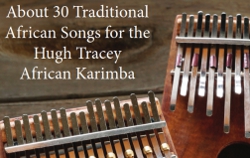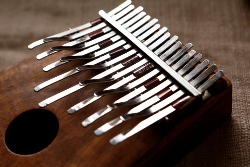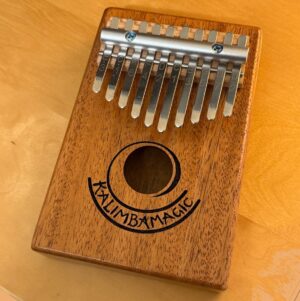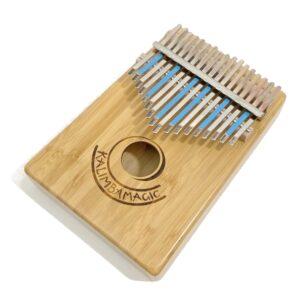
The Definitive Collection of Traditional African Karimba Music
This 74-page PDF download has the music to about 30 traditional tunes Click to purchase 30 Trad. Karimba Download This is one of the books I’ve been wanting to write for around five years, and now, with much-appreciated contributions from Ivodne Galatea, I am proud to present this collection of tunes for the African-tuned karimba. This book is written from the point of view that the karimba is a living relic; I believe that instruments were played over 1000 years ago that had very similar note layouts to the lower half of the modern karimba . This means that the music in this collection could be very similar to the






